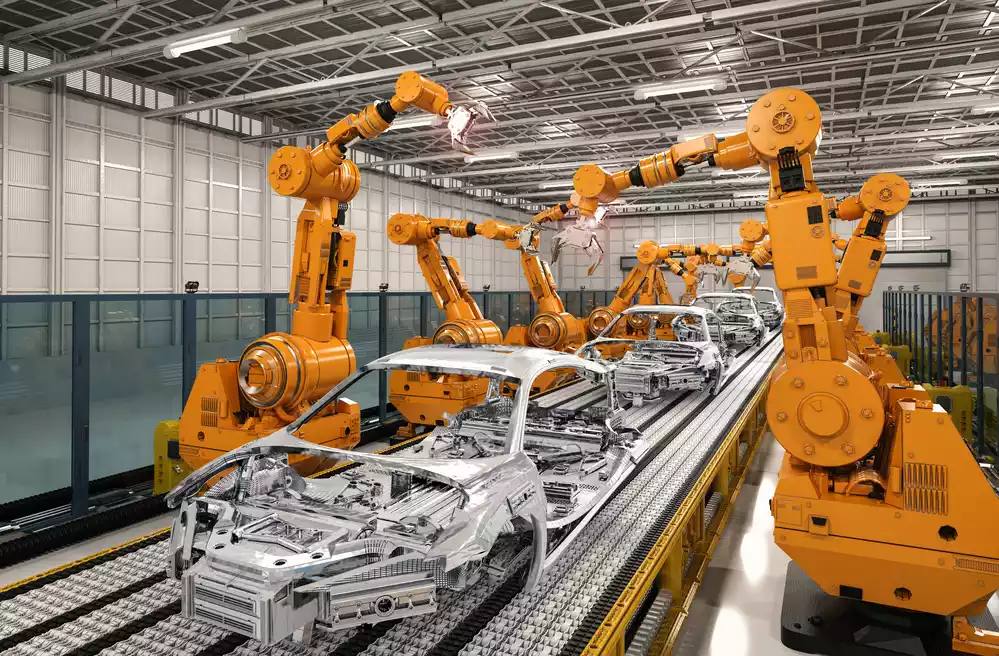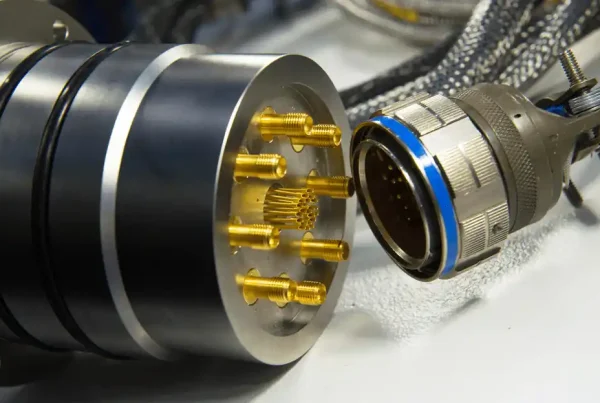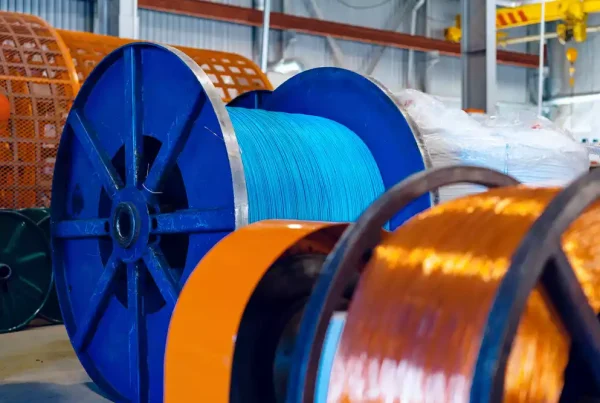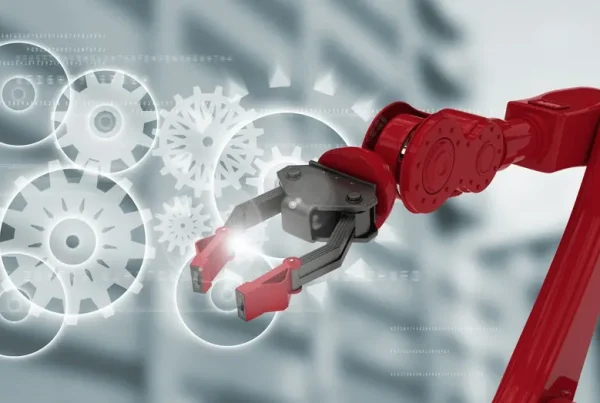
Manufacturing assembly is a fundamental process in a wide range of industries, from automotive to electronics. It involves the joining of components to create a finished product. This process is of utmost importance in the company’s market movements and production aspirations.
It is always important to know the basics to follow to achieve the expected in relation to production estimates.
What is manufacturing assembly?
In essence, manufacturing assembly is the process of assembling various parts or components to create a finished product. This process can involve a wide range of techniques, from manual assembly, where workers assemble products by hand, to automated assembly, where machines and robots are used to perform assembly tasks.
The scope of manufacturing assembly varies greatly depending on the type of product being manufactured. For example, the assembly of a simple kitchen appliance may involve only a few steps, while the assembly of a complex vehicle may require thousands of separate operations.
Types of manufacturing assembly
Manufacturing assembly can be classified into several types, depending on the method of assembly, type of product and level of automation. Some of the common types include:
- Manual Assembly: This is the most traditional type of assembly, where workers use hand tools to assemble products. Manual assembly is typically used for complex or low-volume products where automation is not feasible.
- Automated assembly: This type of assembly uses machines and robots to perform assembly tasks. Automated assembly is ideal for high-volume products where consistency and efficiency are critical.
- Cell Assembly: Cell assembly involves organizing machines and workers into cells, with each cell responsible for assembling an entire product or subassembly. Cell assembly is a flexible approach that can be adapted to different production volumes and product types.
- In-line assembly: In-line assembly is a sequential method where products move from one workstation to another, with each station performing a specific task on the product. In-line assembly is very efficient for high-volume products with little variation.
Key processes in manufacturing assembly
Manufacturing assembly involves a number of key processes, which vary by product type and assembly method. Some of the common processes include:
- Preparation: This process consists of preparing the components for assembly, which may include cleaning, coating the parts.
- Placement: This process involves placing the components in the correct position on the product. This can be done manually or using machines such as pick-and-place robots.
- Joining: This process involves securing components together using methods such as screwing, welding, or gluing.
- Inspection: This process involves checking the assembled product to ensure that it meets quality standards. This can be done visually or using machines such as vision machines.
- Testing: This process involves testing the assembled product to ensure that it functions properly. This may include electrical testing, mechanical testing, or functional testing.
- Packaging: This process involves packaging the assembled product for shipping and distribution.
Importance of manufacturing assembly.
Manufacturing assembly is also an important source of employment, requiring a wide range of workers, from manual assemblers to robotics engineers. In addition, manufacturing assembly is essential to the success of many industries, including automotive, electronics, and aerospace.
Cable assembly is a critical component within the broader manufacturing assembly process. While manufacturing assembly encompasses the integration of various components to create a final product, cable assembly focuses specifically on the organization and connection of cables and wires to ensure efficient and reliable power and data transmission.
For companies seeking reliable cable assembly in Arizona, it is essential to partner with an expert supplier that understands the intricacies of not only cable assembly, but also how this process fits into the overall manufacturing assembly picture. Contact us.



Recent Comments